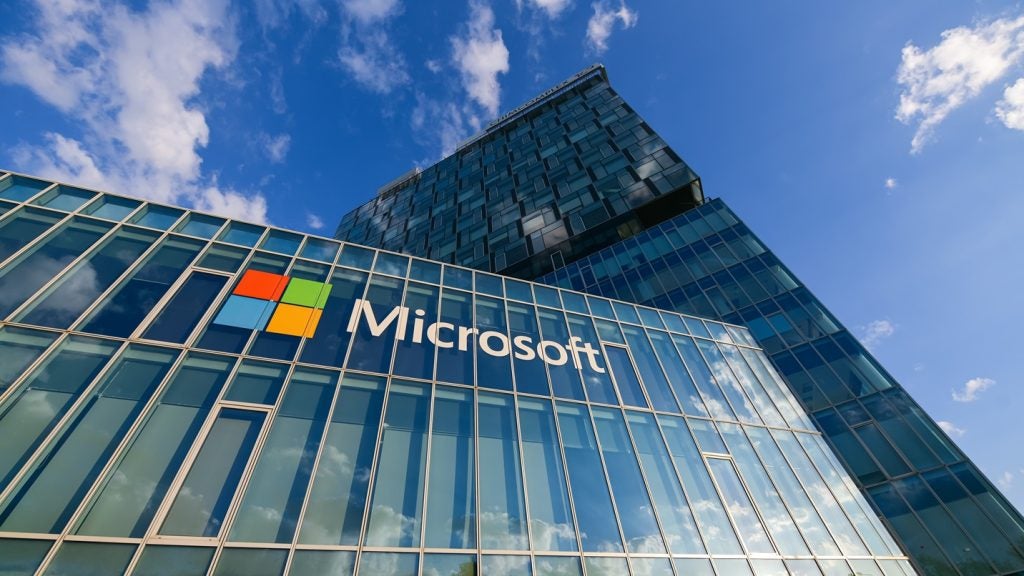Lam Research has filed a patent for an apparatus that performs a dry backside and bevel edge clean of a substrate without exposure to plasma. The apparatus includes a substrate support with minimum contact area (MCA) supports, a gas distributor for directing curtain gas flow, an etch gas delivery source, and a radiative heat source. The invention aims to remove unwanted photoresist material from the substrate. GlobalData’s report on Lam Research gives a 360-degree view of the company including its patenting strategy. Buy the report here.
According to GlobalData’s company profile on Lam Research, 3D memory devices was a key innovation area identified from patents. Lam Research's grant share as of September 2023 was 52%. Grant share is based on the ratio of number of grants to total number of patents.
An apparatus for clean bevel edge and backside of substrate
A recently filed patent (Publication Number: US20230314954A1) describes an apparatus and method for conducting a bevel edge and backside clean of a substrate. The apparatus includes a process chamber, a substrate support, and a plurality of minimum contact area (MCA) supports that extend from the substrate support to contact the backside of the substrate. A gas distributor is positioned over the substrate support and has central gas inlets for directing curtain gas flow at the center of the substrate's frontside. Additionally, there are peripheral gas inlets for directing a second etch gas flow at the periphery of the frontside of the substrate. The apparatus also includes a radiative heat source below the substrate support.
The substrate support is designed with a carrier ring that can shift or rotate the position of the MCA supports, allowing for support at different contact points on the backside of the substrate. The MCA supports are extendable and retractable for supporting the substrate. The etch gas delivery source, located below the substrate support, directs a first etch gas flow to the backside of the substrate. The apparatus further includes one or more heaters coupled to the gas distributor and above the substrate, as well as one or more sensors in the process chamber to detect film deposits on the bevel edge and backside of the substrate.
The method described in the patent involves providing the substrate on the substrate support in the process chamber, lifting the substrate above the substrate support to allow gas flow across the backside of the substrate, and heating the substrate to an elevated temperature. Curtain gas is then flowed to the center of the substrate's frontside, while etch gas is flowed to the backside of the substrate to remove the photoresist material on the bevel edge and backside of the substrate. The etch gas flow includes a first etch gas flow to the backside of the substrate and a second etch gas flow to the periphery of the frontside of the substrate. The substrate can be heated using the radiative heat source below the substrate support, and the MCA supports are used to create a gap between the substrate support and the backside of the substrate.
Overall, this patent describes an apparatus and method for effectively cleaning the bevel edge and backside of a substrate, which is crucial in various manufacturing processes. The use of MCA supports, gas distributors, and etch gas flows allows for efficient removal of photoresist material, while the radiative heat source and heaters ensure optimal temperature control. The inclusion of sensors enables the detection of film deposits, further enhancing the cleaning process.
To know more about GlobalData’s detailed insights on Lam Research, buy the report here.
Data Insights
From

The gold standard of business intelligence.
Blending expert knowledge with cutting-edge technology, GlobalData’s unrivalled proprietary data will enable you to decode what’s happening in your market. You can make better informed decisions and gain a future-proof advantage over your competitors.







